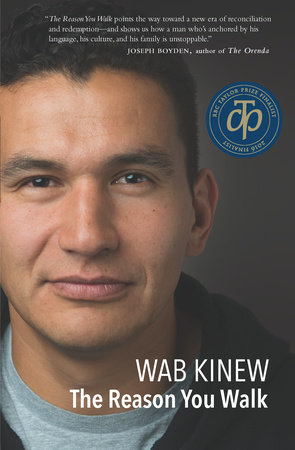It was so good to see everyone again and catch up everyone’s news after our summer hiatus. We met at Beth’s and she served us crackers with an assortment of cheeses, olives and, in a nod to the book’s setting, some BC salmon, finishing with a delicious apple crumble topped with ice cream. Betty, Carla, Jane, Colette, Marg, Shirley, Linda, and, of course, Beth, were in attendance.The book this month was A Killer in King’s Cove by Iona Whishaw chosen by Jane. Jane began the evening by giving us some background on the author. Iona was born in Kimberley, BC, but grew up in a number of different places, including a small community on Kootenay Lake, as well as Mexico and Central America, and the US because of her father’s geological work. She took a degree in history and education from Antioch College, and subsequent degrees in Creative Writing at UBC and pedagogy at Simon Fraser University. Her own writing output took a brief back seat during her teaching career, but she shared her passion for writing by nurturing a love of writing in her students in English, Creative Writing, and Spanish classes. During the course of her career as a Principal in Vancouver she was awarded the Woman of Distinction in Education by the YWCA in 2010 and a Canada’s Outstanding Principals award in 2012.
Iona has published short fiction, poetry, poetry translation, and one children’s book, Henry and the Cow Problem. A Killer in King’s Cove was her first adult novel, published in 2015. Her heroine, Lane Winslow, was inspired by Iona’s mother who, like her father before her, was a wartime spy. A Killer in King’s Cove is the first of nine in the Lane Winslow series of books.
The book is set in a very small, rural BC community at the end of World War II and, as such, the aftereffects of war on each of the main characters plays an important role. It was mentioned a number of times that the author’s power of description was such that it was easy to imagine the locale, the personalities of members of the small community of King’s Cove, even the wee stream where the body was found. The house that Lane Winslow moved into has a supposed ghost and as attic windows open erratically, that might even be conceivable. From the beginning, there is the hint of suspense.
Character development was very well done, some extremely likeable and others, not so much. Finding that this book is the first of a series meant that some of the most likeable characters will (we trust) make further appearances. Lane Winslow is a mid-twenties, ex-British spy with a history that is not fully explained but it does give us insight into her strength of character under the circumstances in which she finds herself enmeshed while still showing a bit of the naivety of youth.











